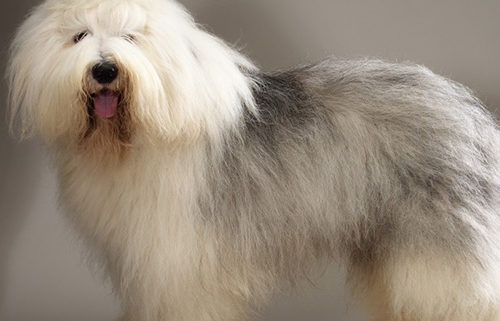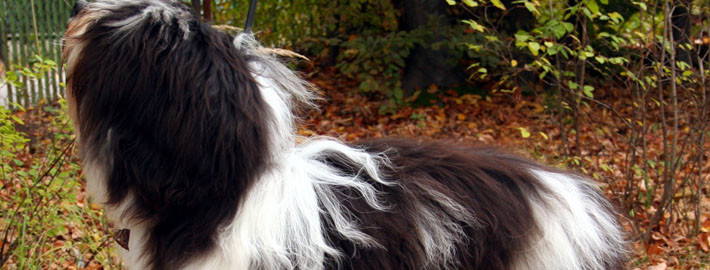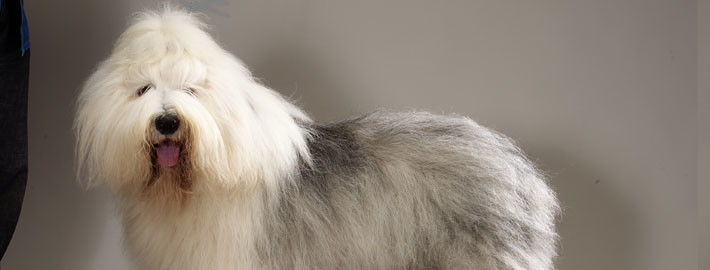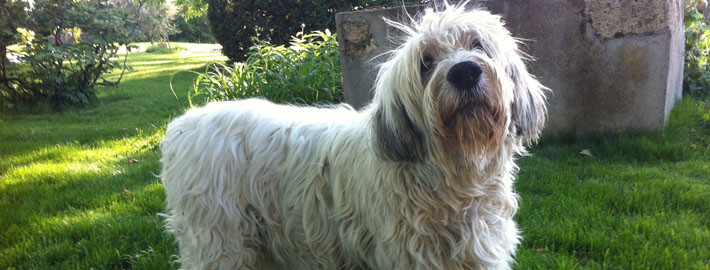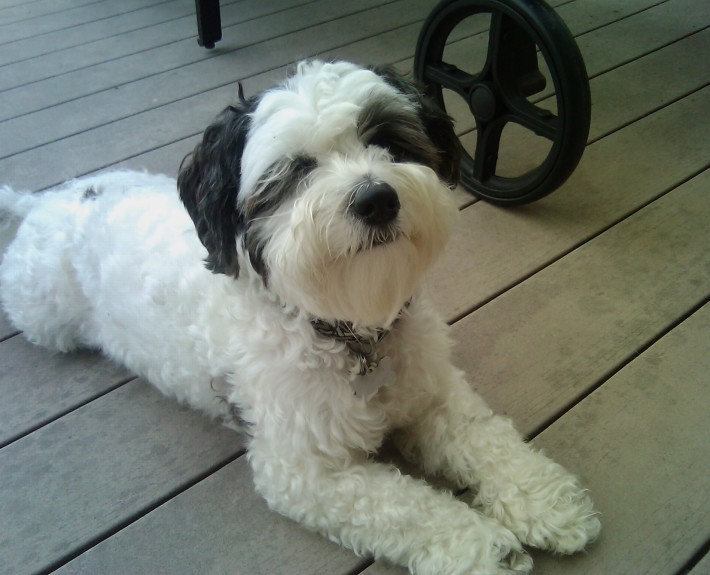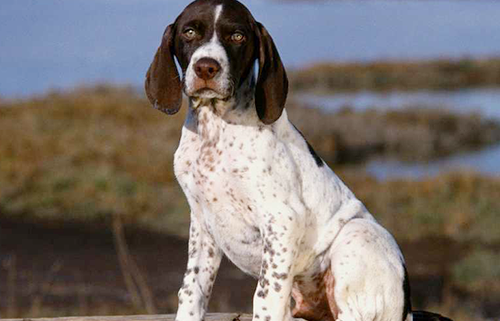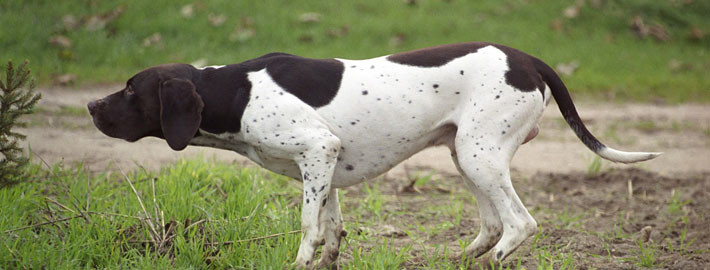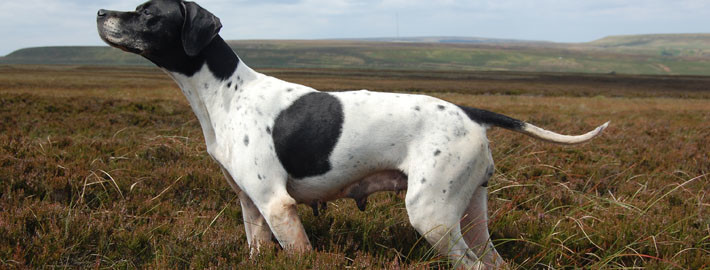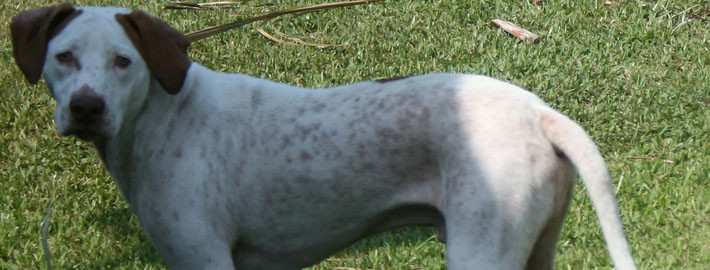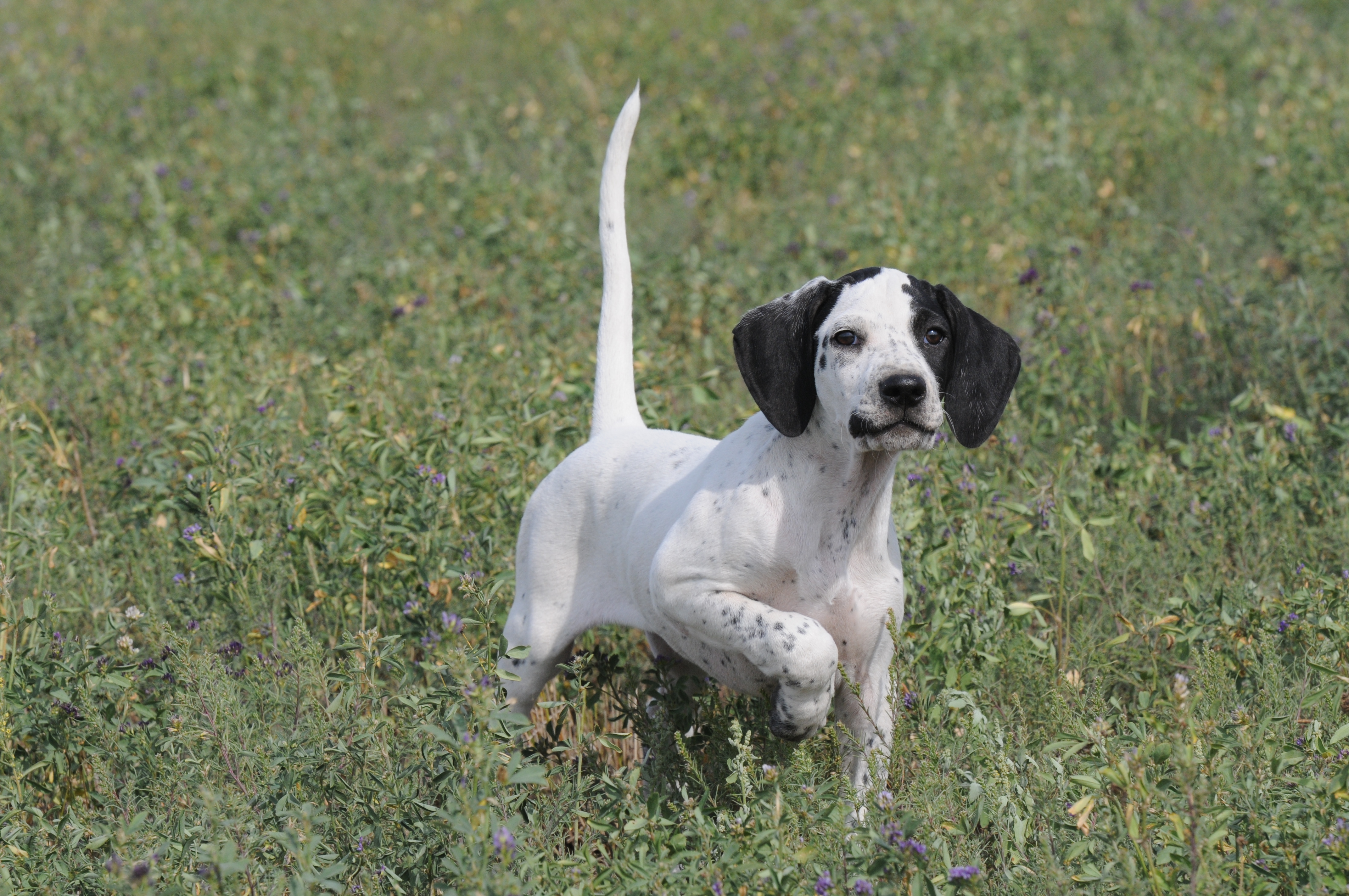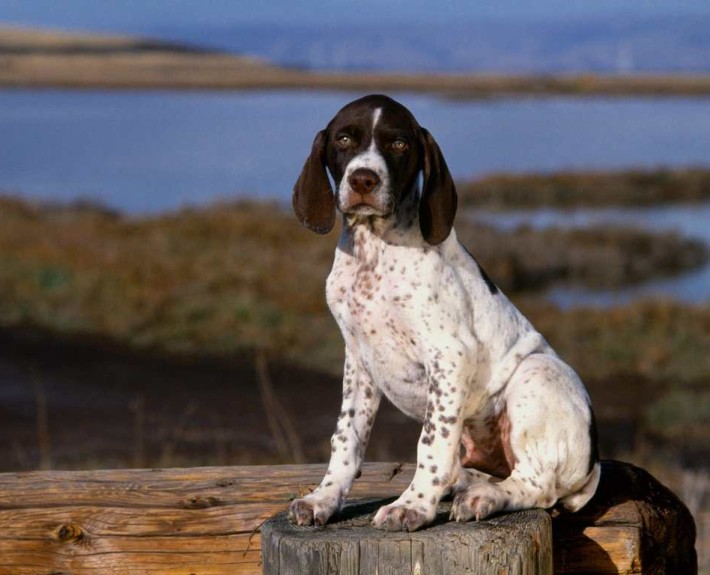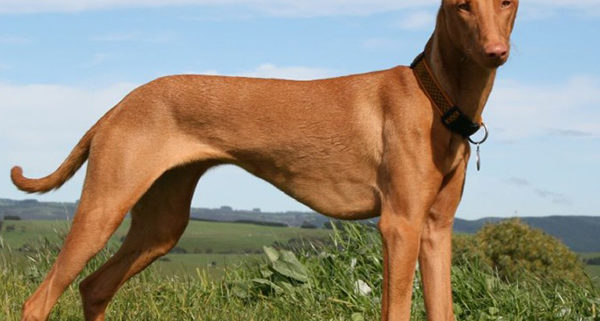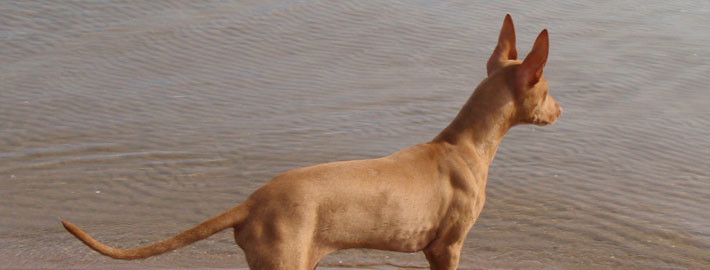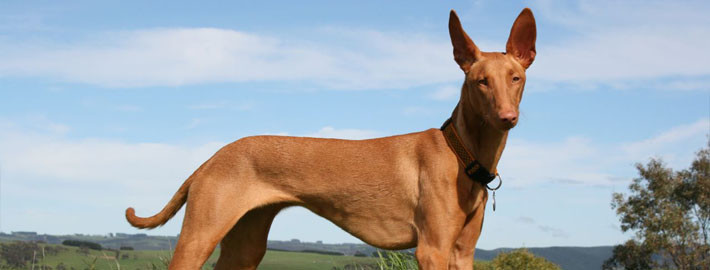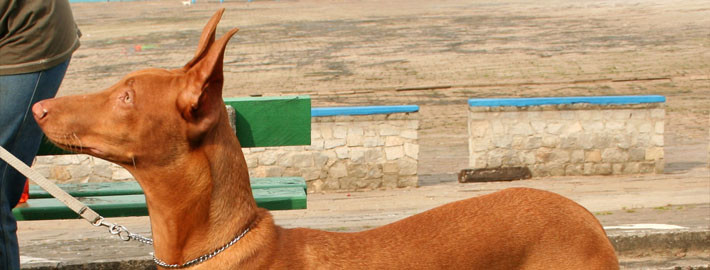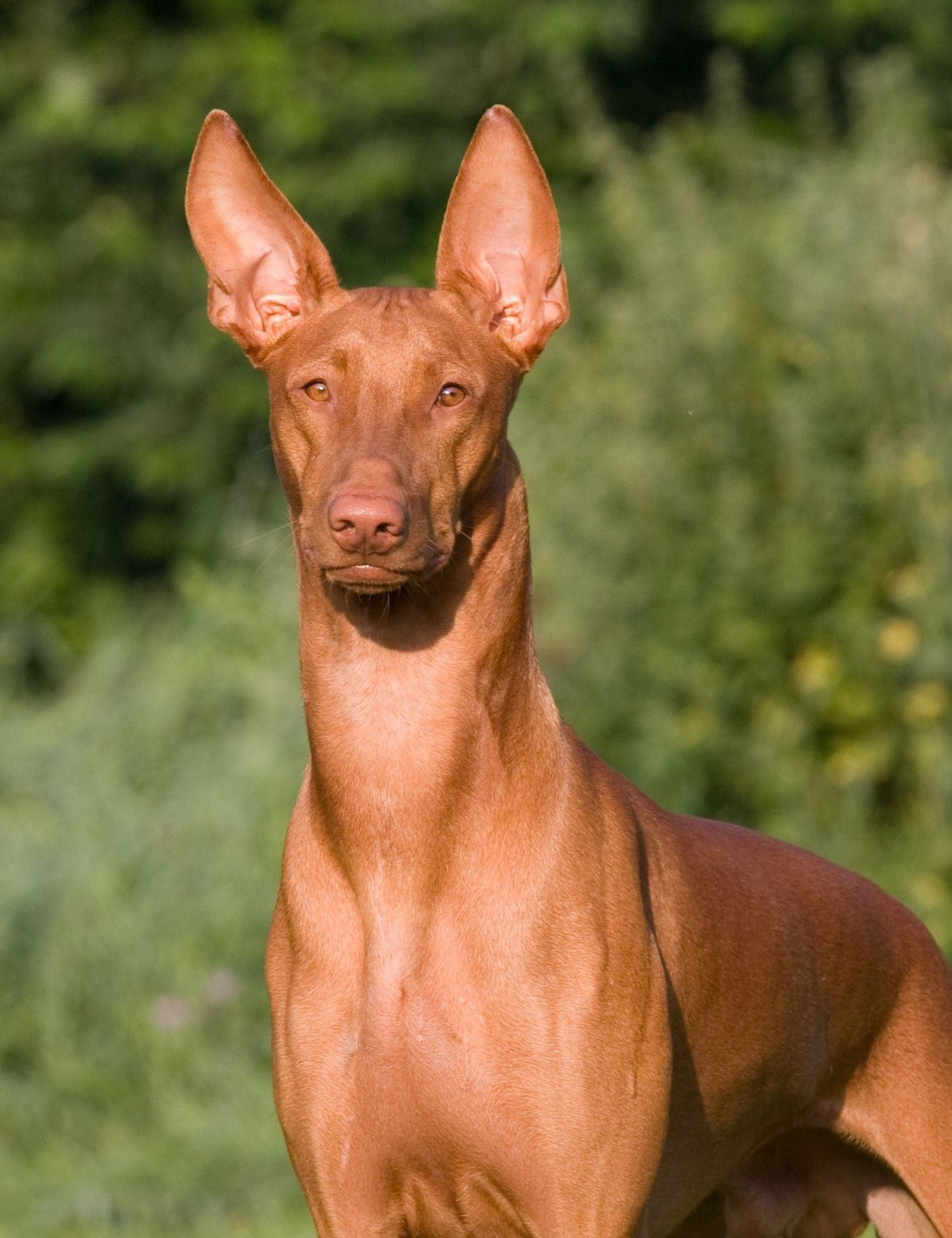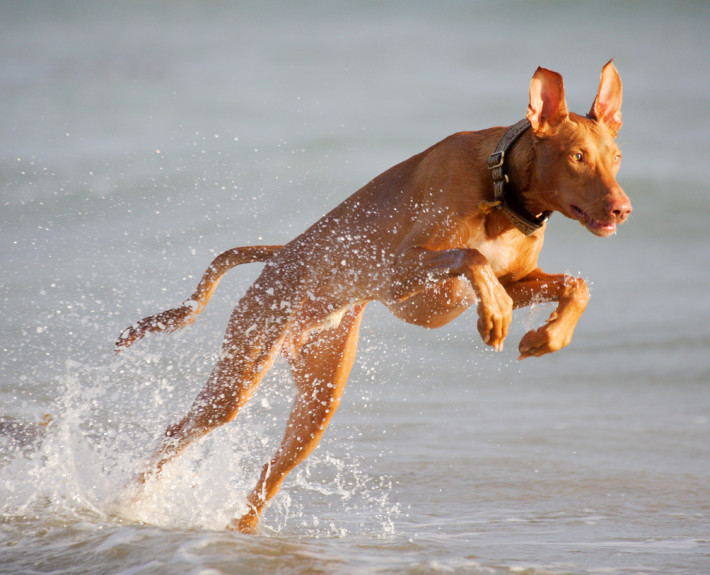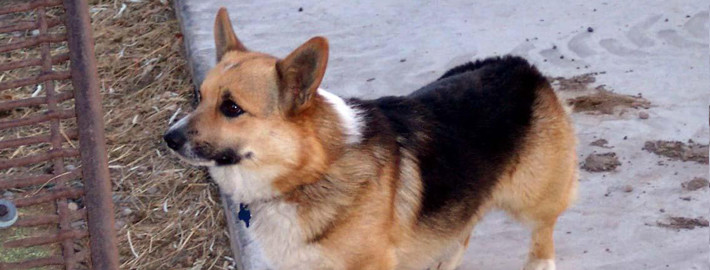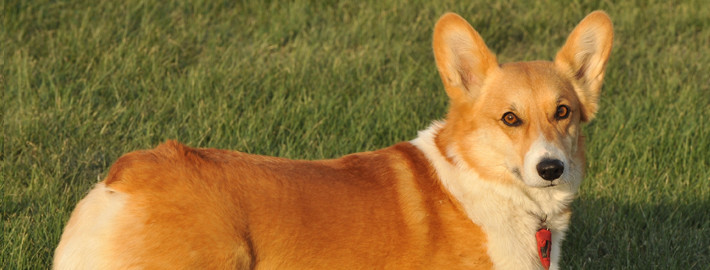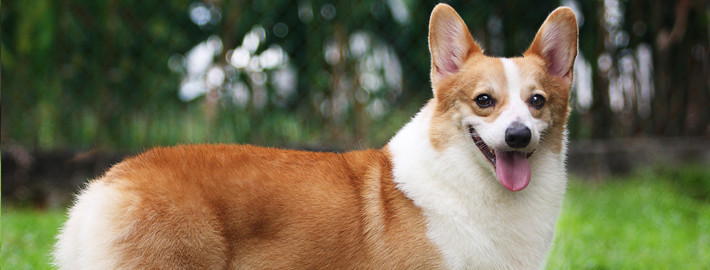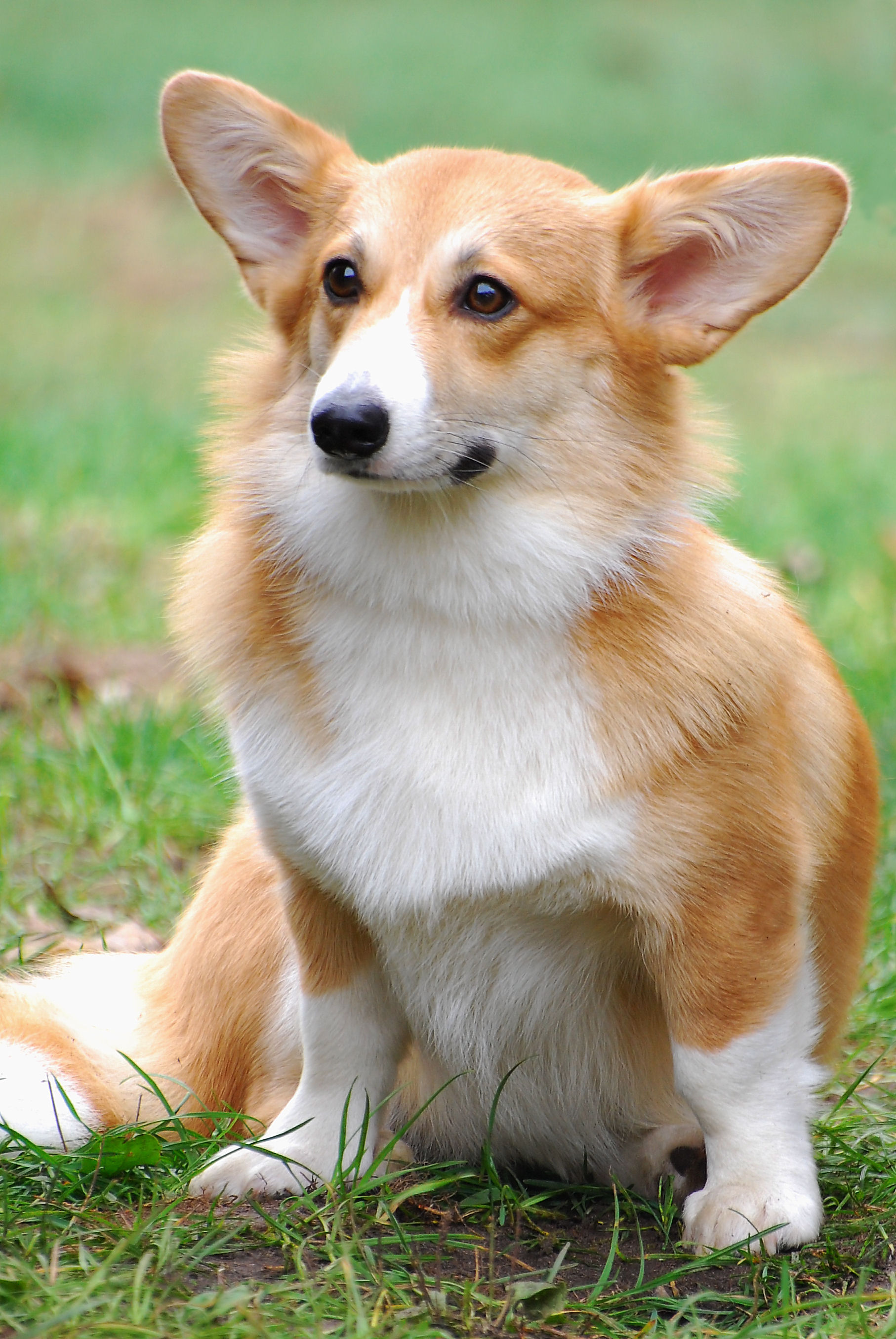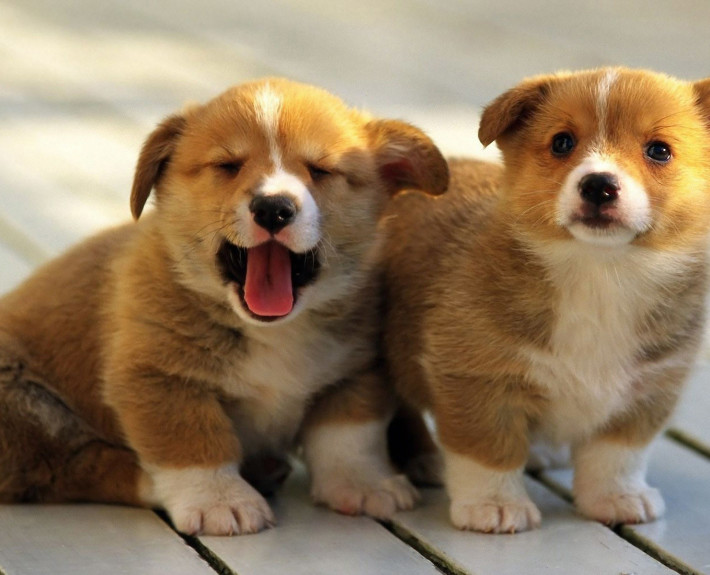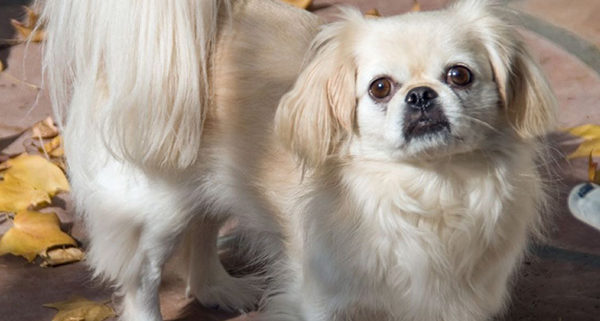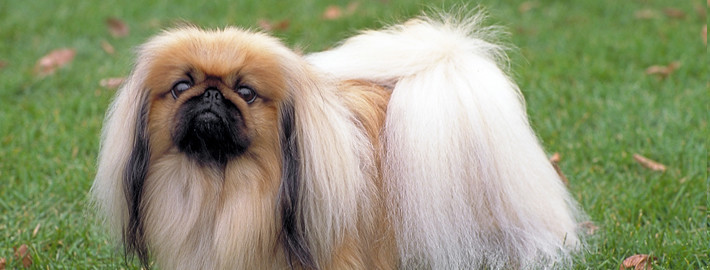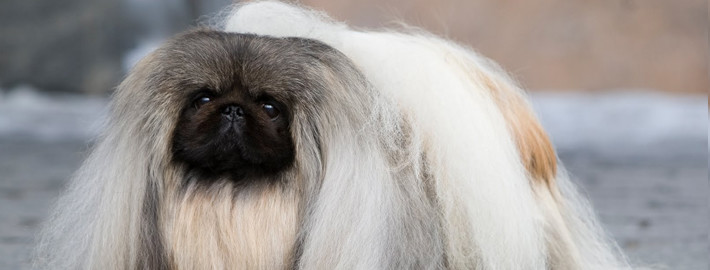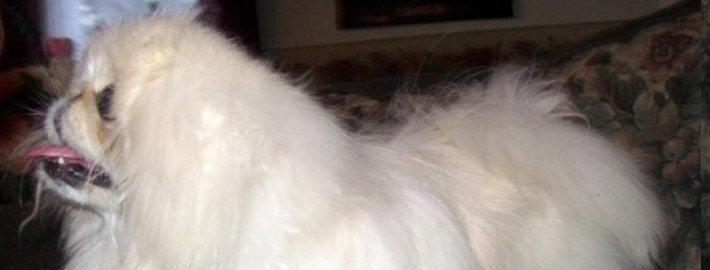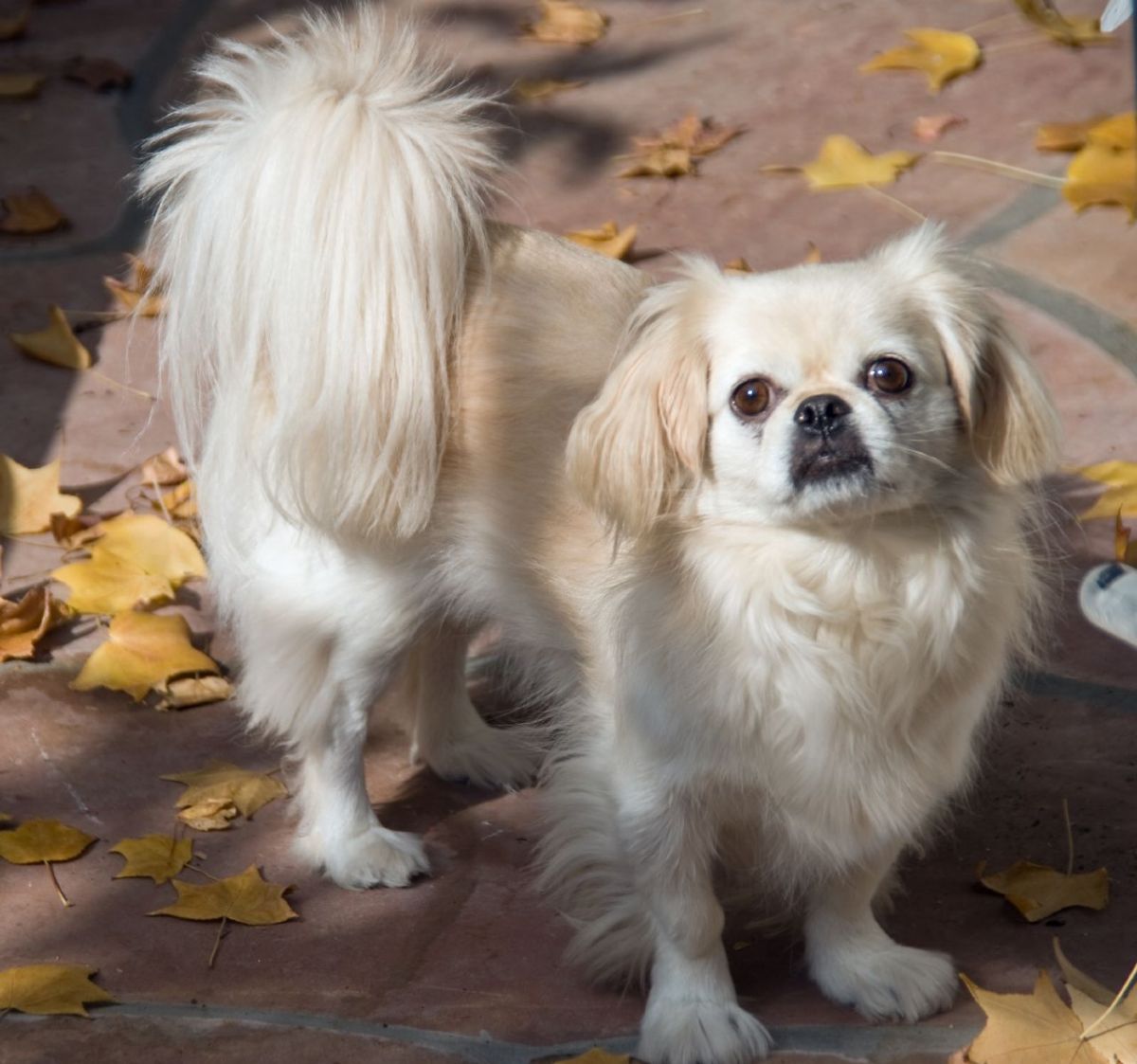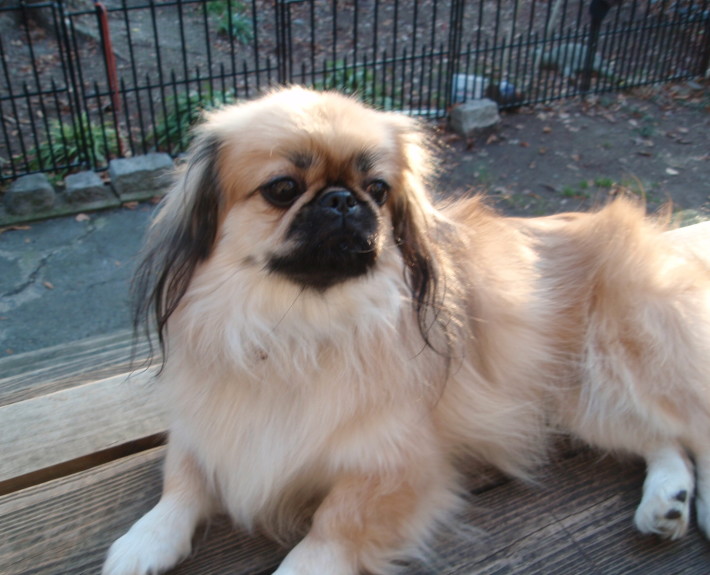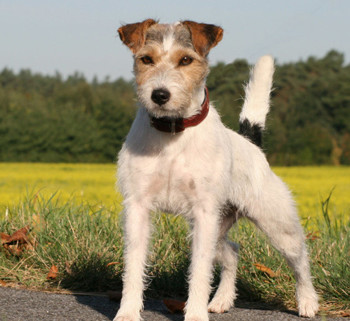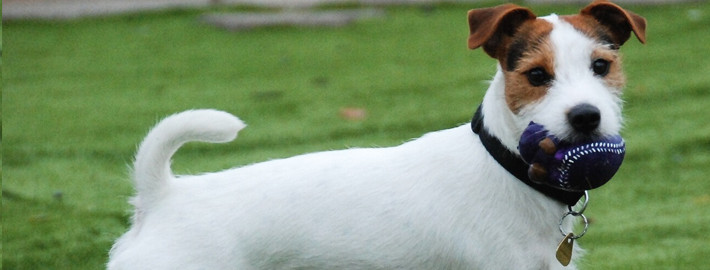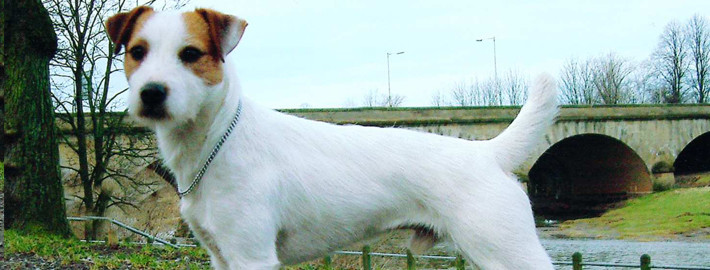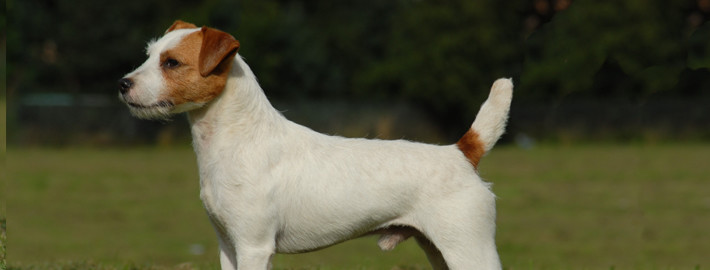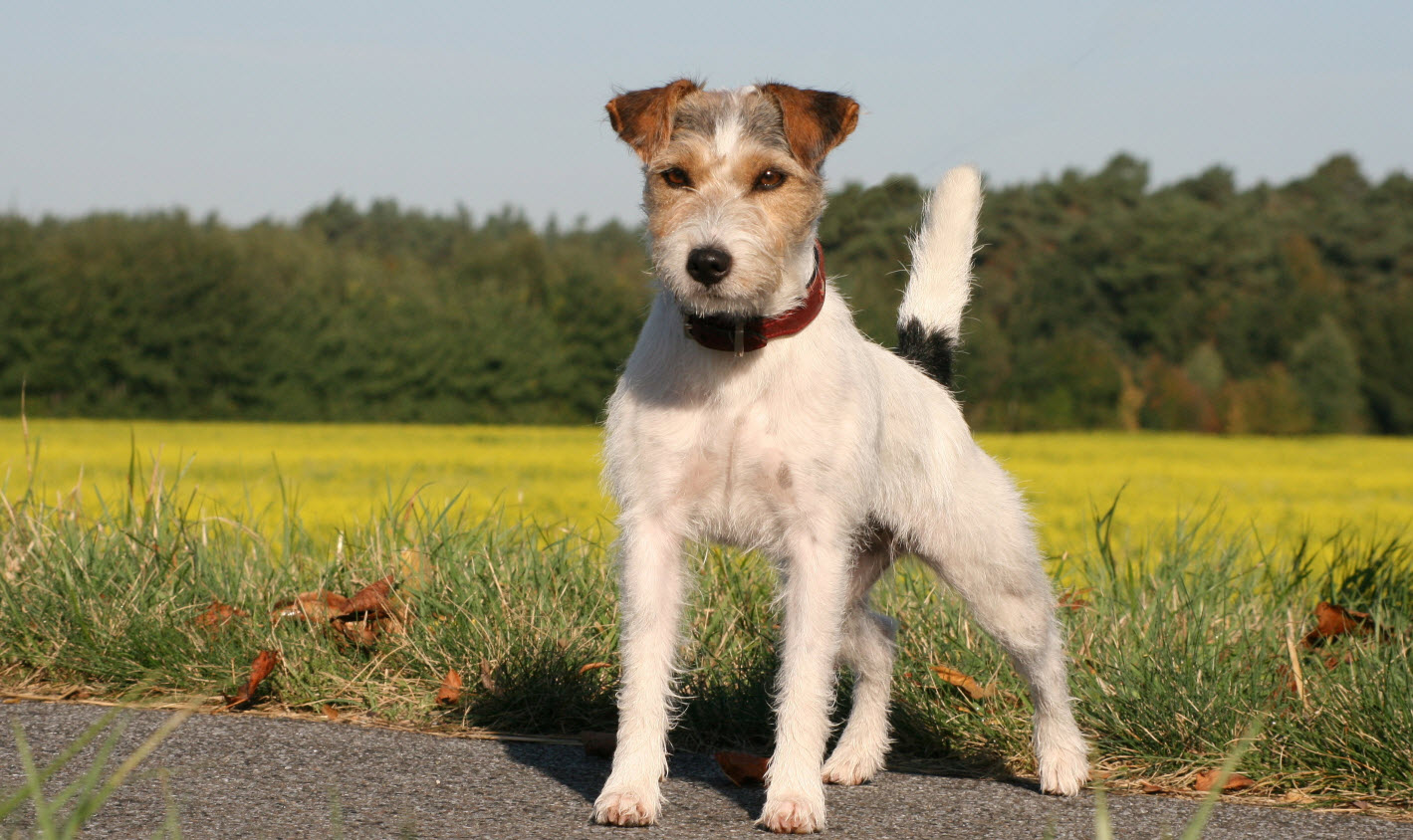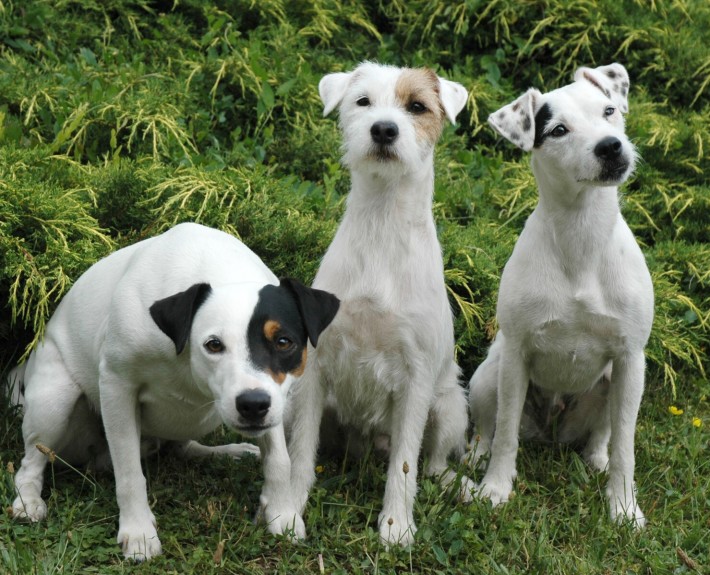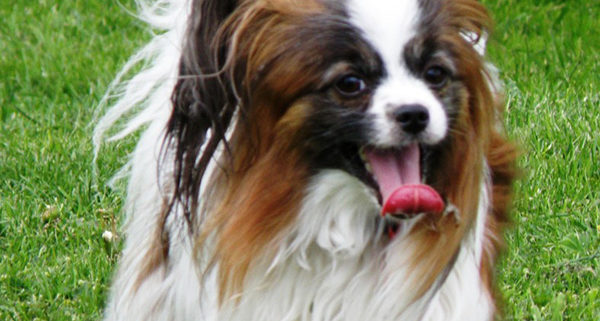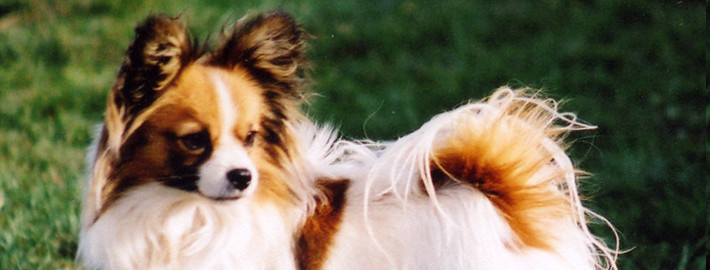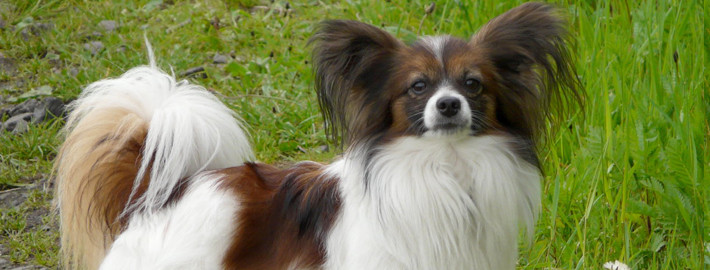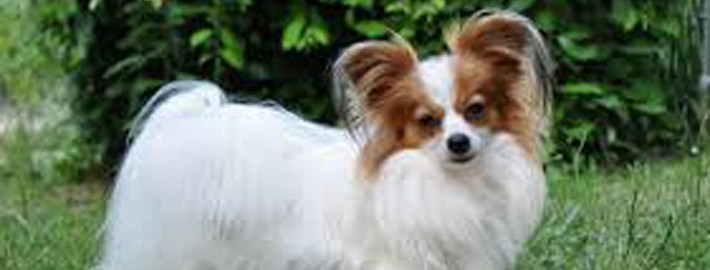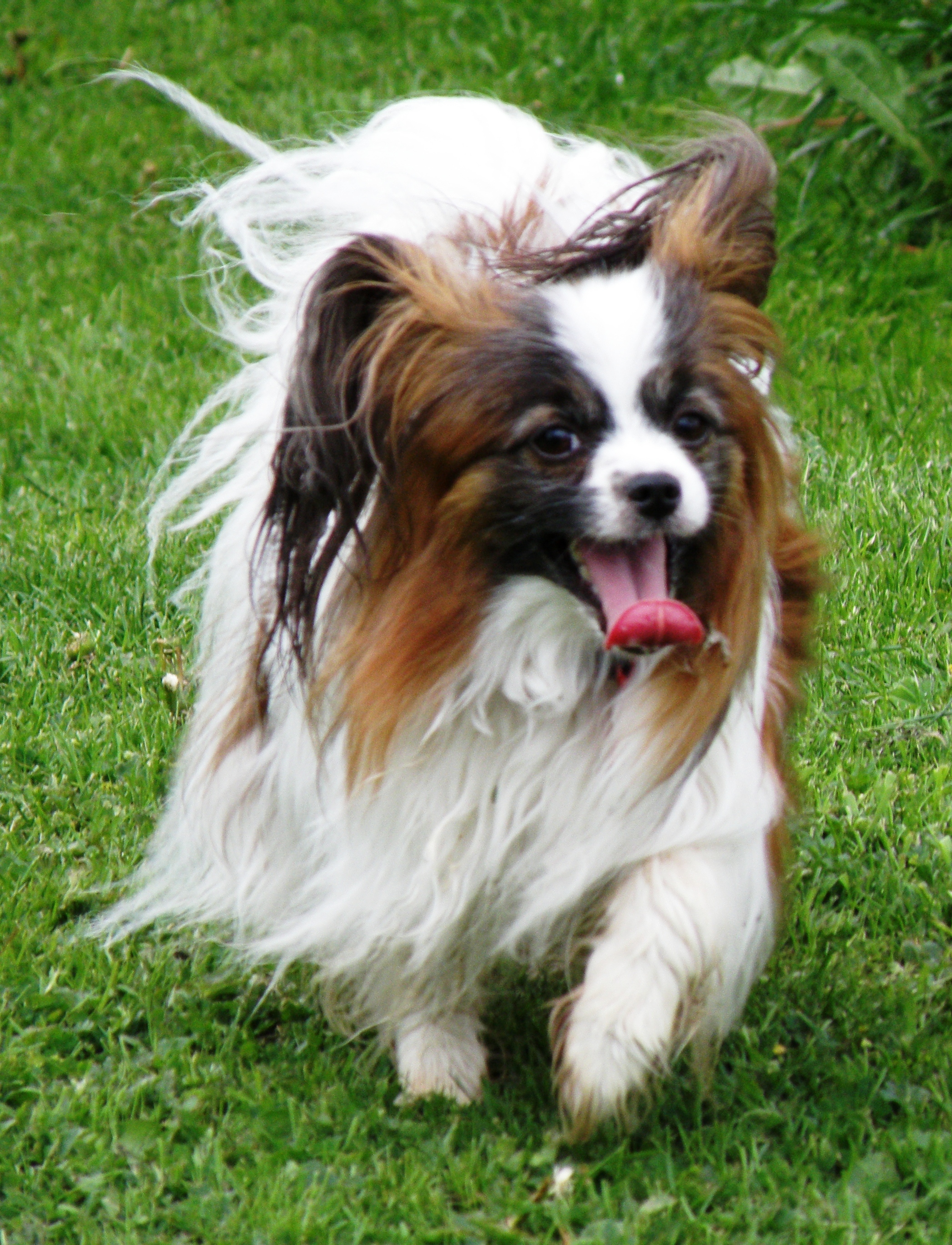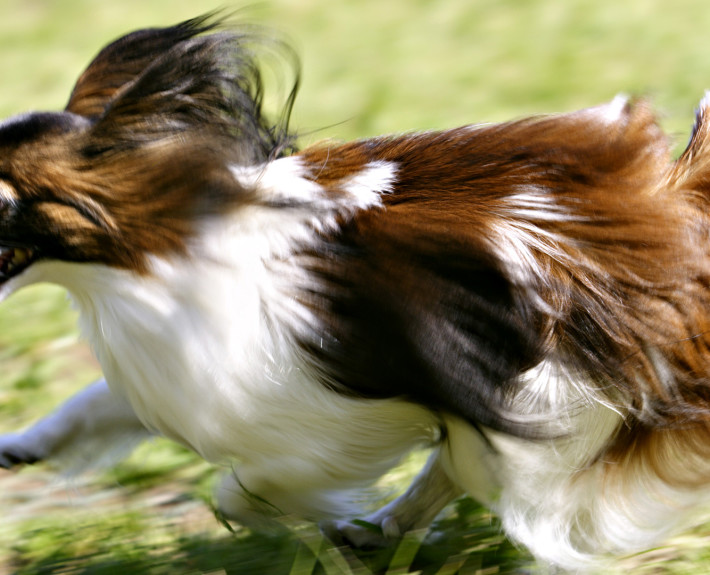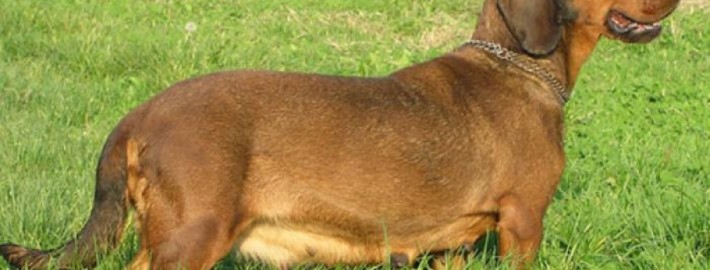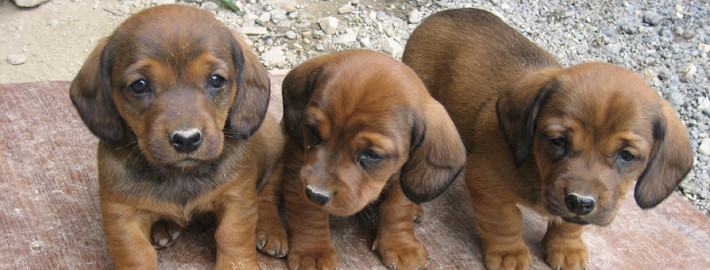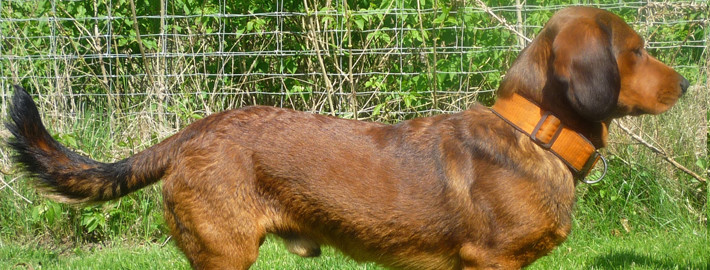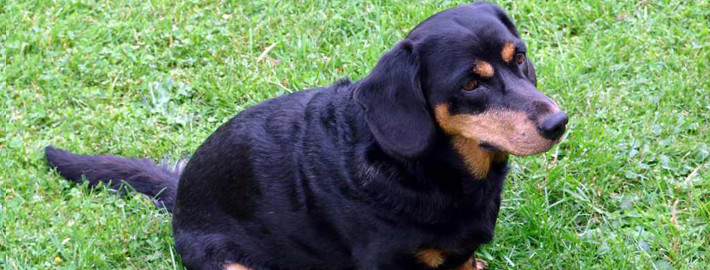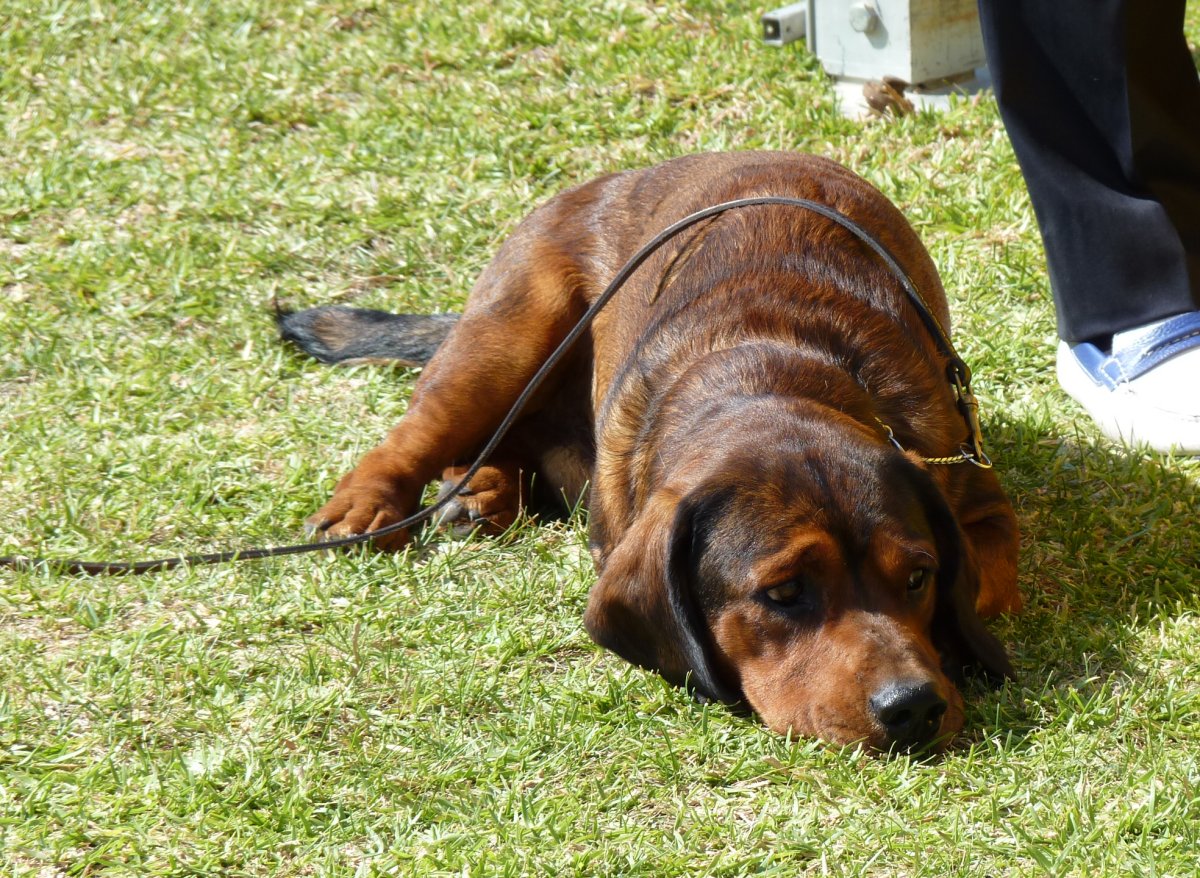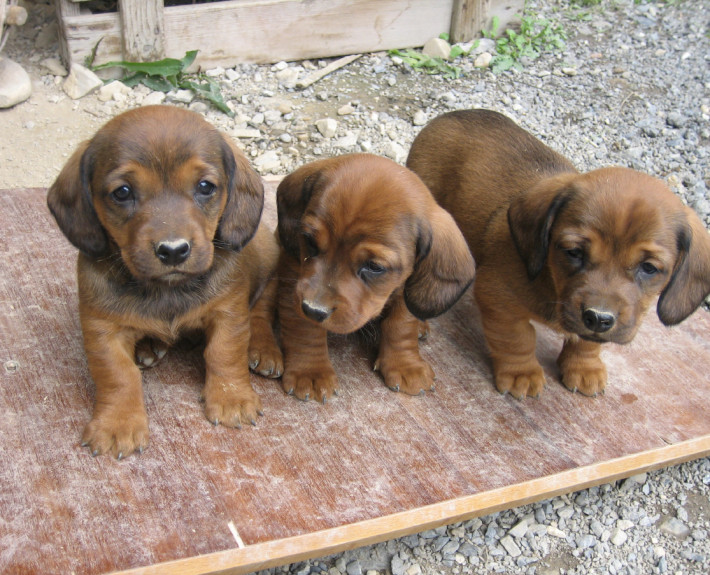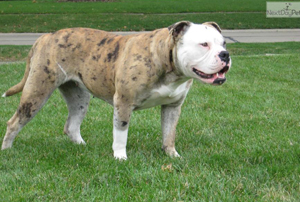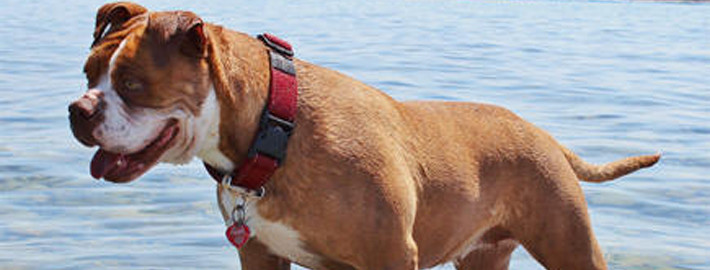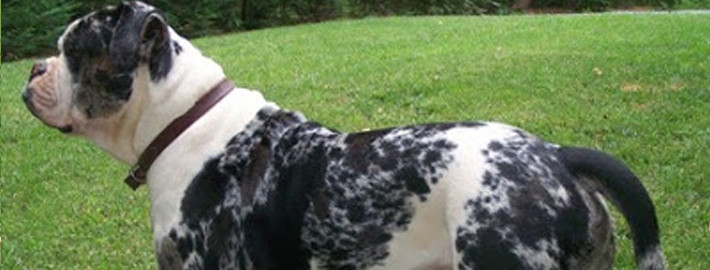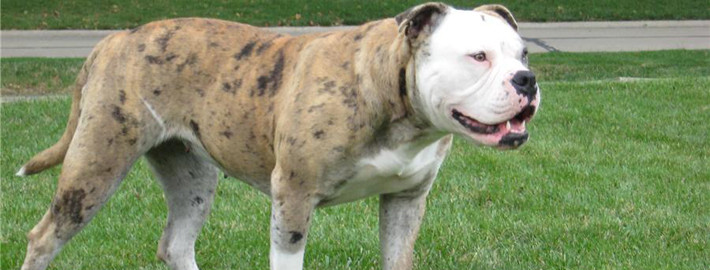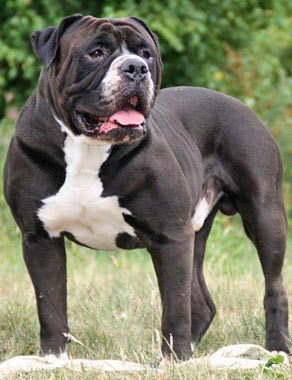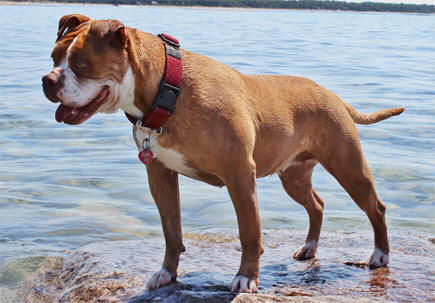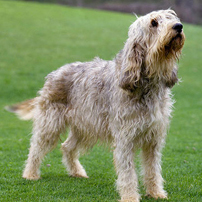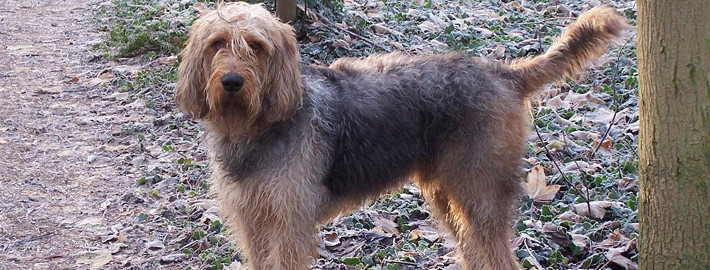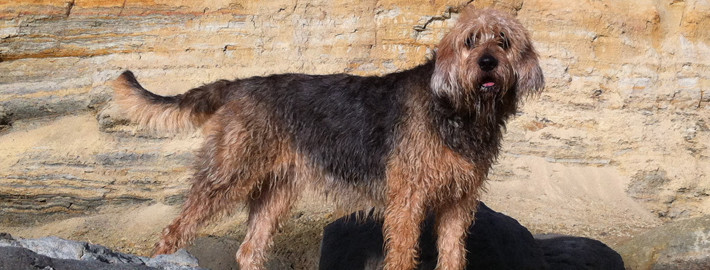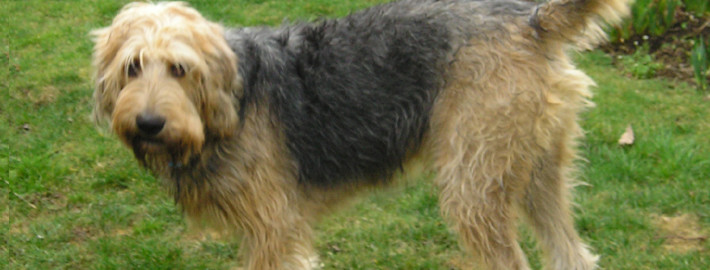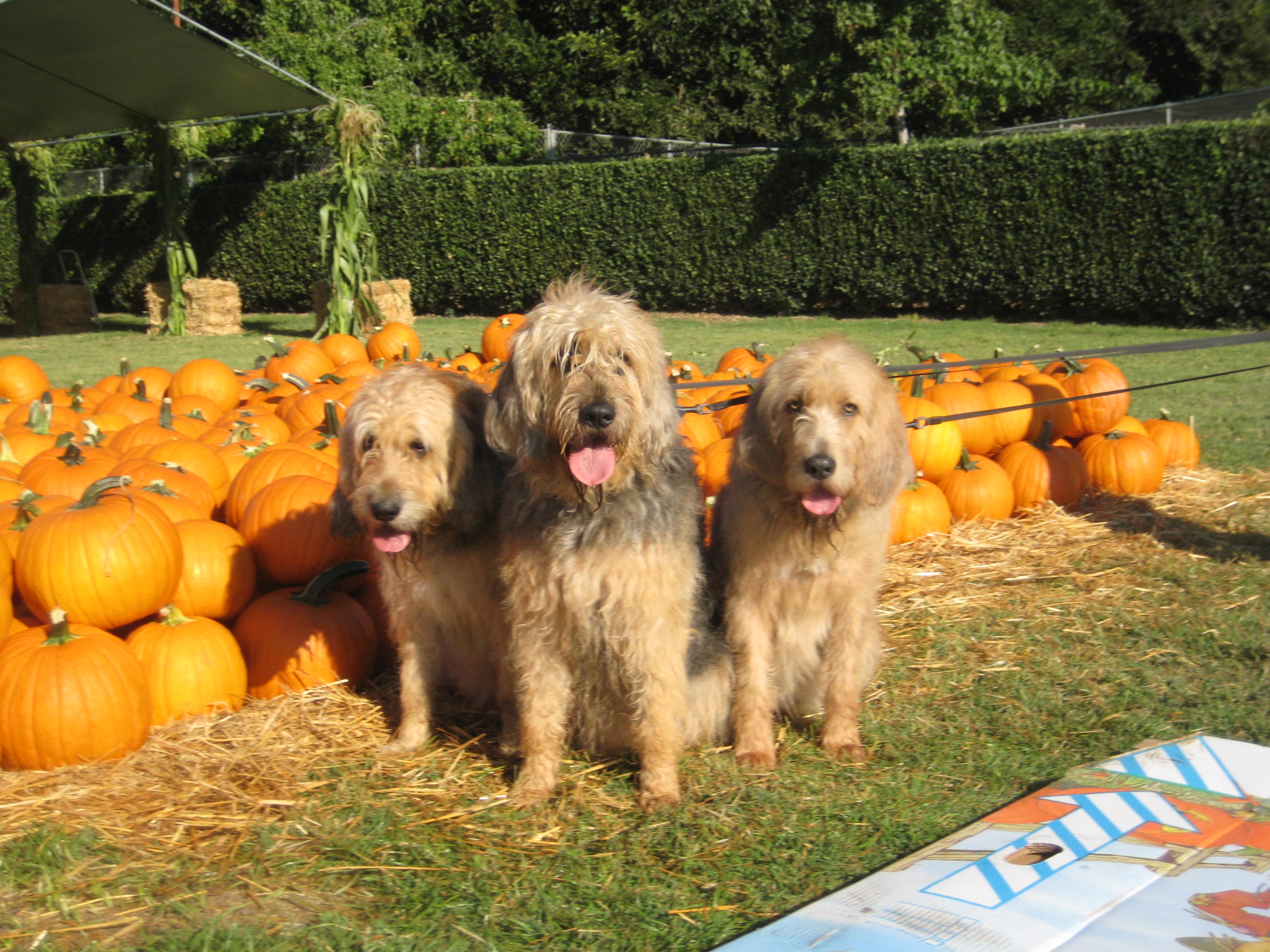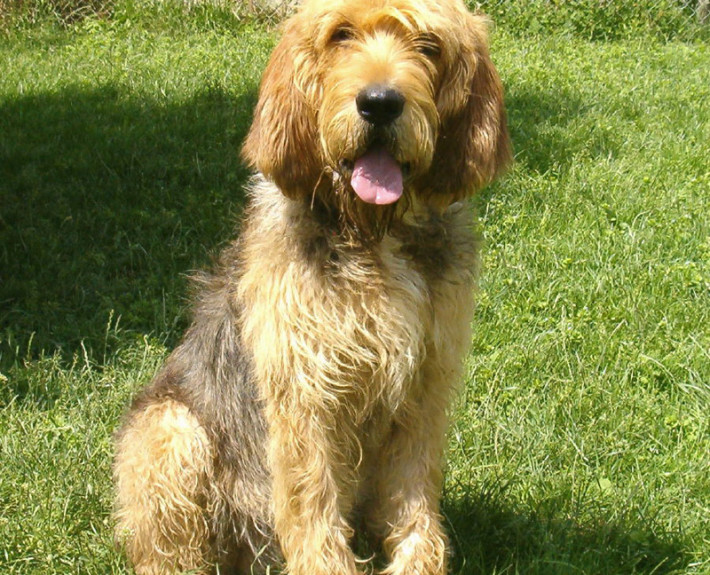Polish Lowland Sheepdog
POLISH LOWLAND SHEEPDOG – Willfully Independent
What makes the Polish Lowland Sheepdog Unique?
The PON is a cobby, medium-sized dog, slightly longer than tall, giving it great agility. It is strong and muscular, enabling it to control livestock. It has a fluid gait, with long stride, allowing it to trot effortlessly for hours. It is inclined to amble, which can act as a reconnaissance, energy-efficient gait. Toeing in is considered natural. The coat is long, dense, shaggy, and double, providing great protection against the elements. The PON is shown naturally, without scissoring.
Originally used as a sheep herding breed in their native country for many hundreds of years, these incredibly intelligent dogs are now finding a new place as companions and family pets.
Page Contents
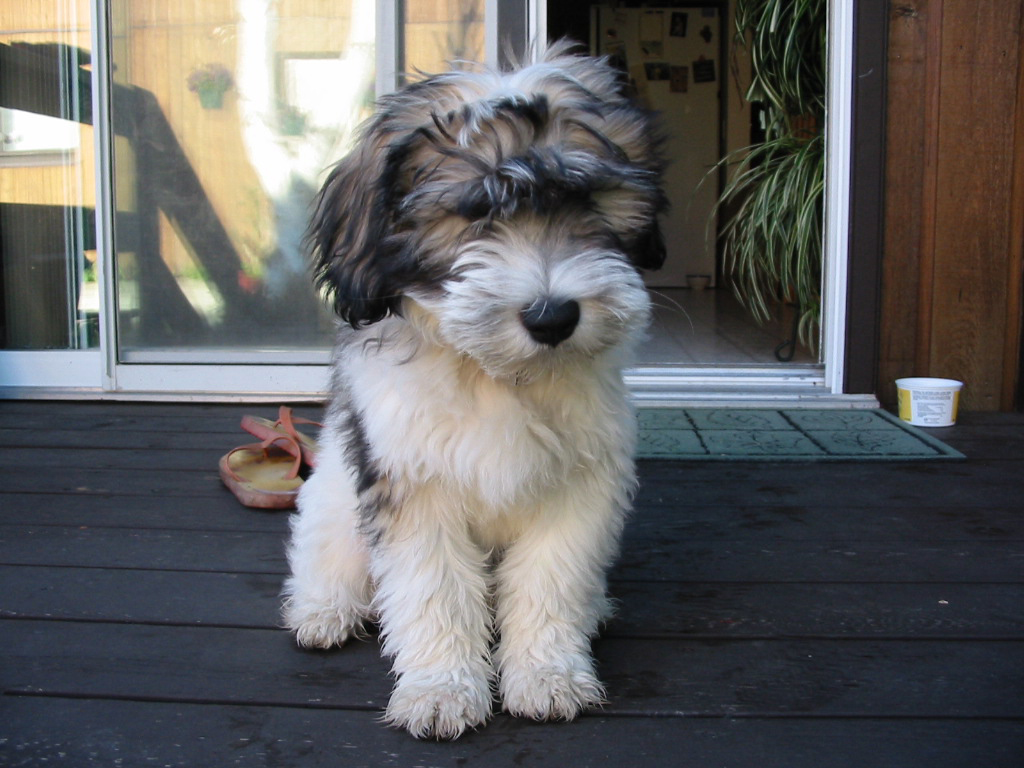
Is the Polish Lowland Sheepdog Right For You?
Polish Lowland Sheepdogs owe much of their personality to their extensive career as shepherds. Their main goal was to protect their flocks and they tend to be wary of strangers as a result. Thus, members of this breed make superb watchdogs. These dogs are nonetheless devoted to their families and affectionate towards the people they know well.
Therefore, obedience training and early socialization are crucial for all Polish Lowland Sheepdogs. These dogs learn at a rapid pace but may refrain from following commands that they consider to be insensible.
In 5 Words
- Lively
- Agile
- Perpective
- Even Tempered
- Self-confidence
Characteristics
Learn About the Polish Lowland Sheepdog
Description
General Description
Polish Lowland Sheepdogs are medium-sized dogs with muscular bodies. They were bred for herding livestock and their appearance reflects this fact. Members of this breed are somewhat longer than they are tall. These dogs tend to be rectangular in shape and should have level backs. These dogs also have a shaggy coat that is allowed to be shown in its’ natural state. Although it is hard to see under all their fur, Polish Lowland Sheepdogs have brown eyes and dark colored noses. Members of this breed additionally possess moderately sized heads, domed skulls, and proportionate muzzles. They have straight front legs and angled hind legs that enable them to move about with a fluid gait. In places where the practice is not illegal, Polish Lowland Sheepdogs often have their tails docked short if they are not that way naturally. However, in places where docking is banned, members of this breed will have tails of various lengths.
Size
Males of this breed range from 18 to 20 inches (45 to 50 centimeters) in height and 40 to 50 pounds (18 to 22.5 kilograms) in weight. Their female contemporaries are somewhat smaller in stature at 17 to 19 inches (42 to 47 centimeters) tall and 30 to 40 pounds (13.5 to 18 kilograms).
Coat
Polish Lowland Sheepdogs have a thick, double coat that protects them from inclement weather and covers their eyes. The coat is comprised of a velvety inner layer and a coarse outer layer with a texture that can be either straight or wavy. Members of this breed typically have brown, grey, or white fur but most colors and patterns are considered acceptable. These dogs may also have brown, grey, or black markings. The coats of Polish Lowland Sheepdogs tend to fade in color as the animals grow up.
Short History of the Polish Lowland Sheepdog
Polish Lowland Sheepdogs were created when imported Asian dog breeds like the Lhasa Apso and the Tibetan Terrier were combined with the native herding breeds such as the Puli. Their offspring formed a variety of dog that has remained virtually unchanged since the 13th century. Members of this new breed were typically used for herding both sheep and cattle. In the 16th century, these dogs made their way to Scotland where they formed the basis for several new dog varieties. During the Second World War, Polish Lowland Sheepdogs nearly became extinct in their home country but were saved from that fate by the efforts of a veterinarian. This breed was eventually recognized by the American Kennel Club in 2001 as part of the herding group.
Temperament
Polish Lowland Sheepdogs owe much of their personality to their extensive career as shepherds. Their main goal was to protect their flocks and they tend to be wary of strangers as a result. Thus, members of this breed make superb watchdogs. These dogs are nonetheless devoted to their families and affectionate towards the people they know well. Polish Lowland Sheepdogs get along fine with children as well as most other pets. Despite this fact, members of this breed will not be cowed by other dogs and these dogs may also attempt to herd youngsters by nipping at their feet.
Polish Lowland Sheepdogs have tendency to bark loudly when they feel the need to do so and prospective owners should definitely take that fact into consideration when planning to adopt a member of this breed. These dogs also need plenty of exercise and mental stimulation. Therefore, these dogs are better suited for families in rural areas rather than those who dwell in cities. However, Polish Lowland Sheepdogs can adapt to urban environments if their owners are willing to spend plenty of time playing with them and taking them for walks.
Caring for Your Polish Lowland Sheepdog
General Health
On average, Polish Lowland Sheepdogs have a lifespan of 10 to 15 years. Yet there are some problems that can arise from time to time. Hip dysplasia, eye ailments, epilepsy, and congenital deafness are typical, albeit rare, issues for members of this breed. Most dogs obtained from reputable breeders will be perfectly healthy. However, Polish Lowland Sheepdogs are best suited for life in cooler climates and prospective owners should plan accordingly.
Care
Daily
These dogs have to be brushed every day for about an hour in order to keep their coats mat free. They also require plenty of mental stimulation and exercise on a daily basis. Several long walks per day are needed to keep members of this breed from becoming bored and destructive.
Weekly
It is a good idea for these dogs to have their teeth brushed on a regular basis in order to prevent tooth decay and foul breath.
Monthly
Parasite prevention medication should be given to dogs to keep them healthy. Most of these products will need to be administered once per month in order to obtain adequate results. Polish Lowland Sheepdogs should also have their fur trimmed on a monthly basis so that it doesn’t become too long and cumbersome.
Grooming & Bathing
These dogs should be bathed as needed. Their toenails will likewise need to be kept trimmed in order to prevent injuries from occurring.
Exercise & Training
Members of this breed tend to not only be incredibly smart but they are also very stubborn. Managing these dogs can also be quite difficult if they don’t respect human authority. Therefore, obedience training and early socialization are crucial for all Polish Lowland Sheepdogs. These dogs learn at a rapid pace but may refrain from following commands that they consider to be insensible. A firm hand, consistent rules, and a sense of fair play are important factors in teaching members of this breed. Owners must not allow these dogs to think that they are in charge of the household because the dogs will otherwise be hard to handle. Polish Lowland Sheepdogs have excellent memories and can easily remember what they have previously learned. They are also excellent candidates for dog sports.

